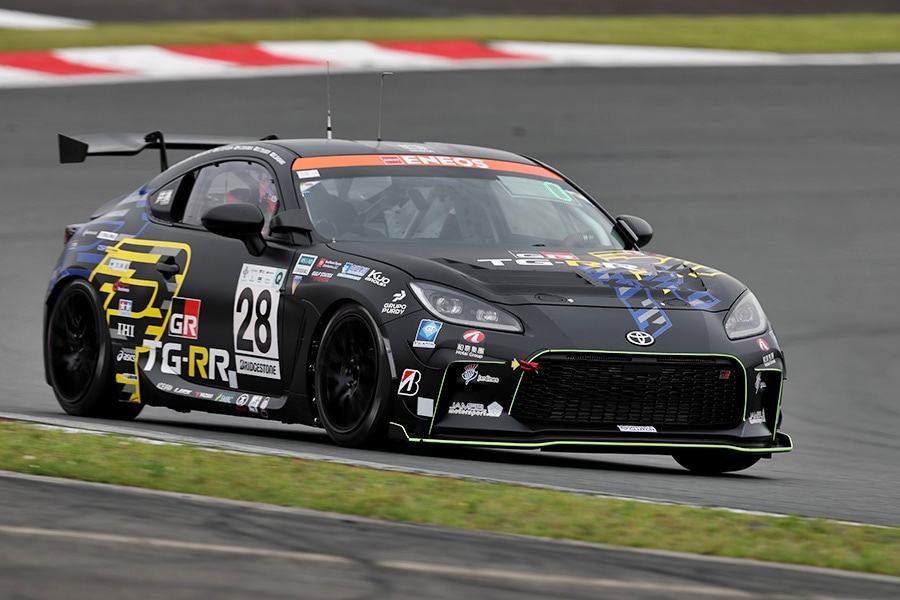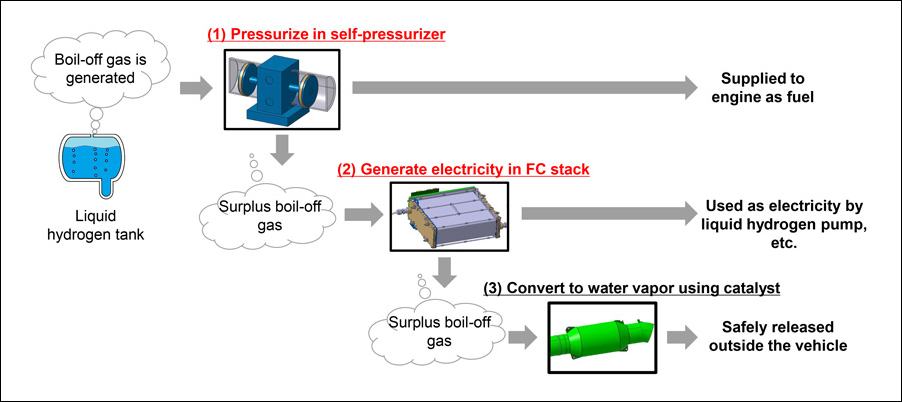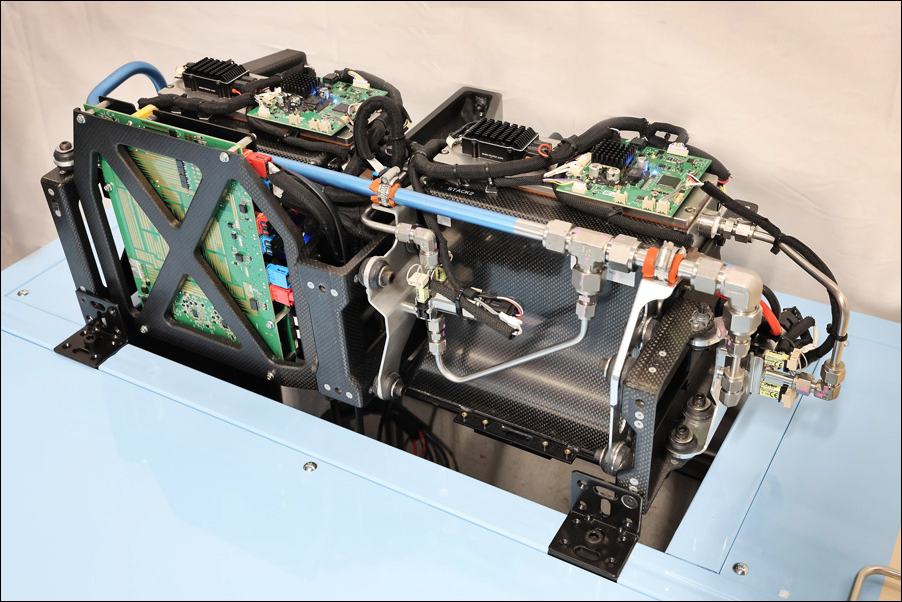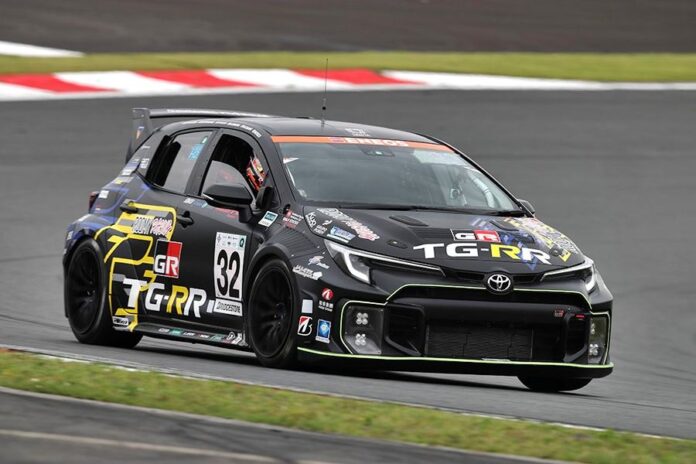Toyota believes that the goal of carbon-neutrality should not rely on a single solution such as fully electric vehicles but instead takes a multi pathway approach. This offers motorists various options that suit their needs and more importantly, are suited to their market conditions. This approach recognises that not all countries are advancing towards electrification at the same pace and some may be less ready in terms of infrastructure or due to their economic position.
Toyota’s multi pathway approach thus offers different electrified powertrains – hybrid electric, fully electric, fuel cells – and is also developing other solutions using the internal combustion engine with alternative green fuels.

R&D under extreme conditions
At the ENEOS Super Taikyu Series 2025 Round 3 NAPAC Fuji 24 Hours Race this weekend, Toyota is running a TG-RR GR86 Future FR Concept using low-carbon petrol (E20) and the TG-RR GR Corolla H2 Concept which uses liquid hydrogen. The participation is part of the development programs which enables engineers to test the solutions under extreme conditions.
The low carbon fuel is produced by ENEOS Corporation which is collaborating with 5 automakers (Toyota, Suzuki, Subaru, Daihatsu and Mazda) sharing the same vision of taking on the all-Japan co-challenge of refining fuel to help accelerate its widespread adoption for the goal of achieving a carbon-neutral society.
Liquid hydrogen as a fuel
In 2023, the liquid hydrogen-powered GR Corolla became the first vehicle in the world to use liquid hydrogen as fuel in a direct-injection engine. As part of the first-half stage of development, Toyota has been refining the durability of liquid hydrogen pumps as well as technologies such as oval tanks that extend cruising range.

In last year’s Fuji 24 Hours Race, while Toyota’s team met its goal of running 30 consecutive laps on a single hydrogen refill, issues with the electrical system forced repeated pit stops, preventing the car from running for a sufficient amount of time.
The goal for this year’s race is to run for the entire 24 hours with a more reliable vehicle and liquid hydrogen system and to utilize the data obtained for future development, with the goal of making ever-better motorsports-bred cars.

Starting with this race, Toyota will take on the challenge of utilizing technology that automatically switches between stoichiometric combustion, which delivers high output, and lean combustion, which enables fuel-efficient driving, in response to the driver’s output requirements (accelerator operation).
Until now, Toyota engineers have continued to improve stoichiometric combustion to achieve high output equivalent to that of petrol. From this race onwards, Toyota will take on the challenge of utilizing technology that smoothly switches to lean combustion when high output is not required with a view to applying it to the development of future production vehicles.

Low carbon petrol
Low-carbon petrol (E20) is a low-carbon fuel made by blending approximately 20% bioethanol with gasoline. Bioethanol is produced by fermenting glucose and other substances found in plant resources such as corn and sugarcane. Since the plants used as raw materials absorb CO2 from the atmosphere during their growth process, bioethanol is a low-carbon fuel compared to fossil fuels.
Toyota will evaluate various types of E20 fuels in the Super Taikyu Series and provide feedback from a technical perspective to build a knowledge base for supplying low-carbon gasoline with a maximum bioethanol concentration of 20%.
Important options for mobility
Toyota is promoting the use of engines running on liquid hydrogen and low-carbon petrol as important options for mobility towards carbon neutrality as it works together with partners to advance multi-pathway initiatives.
Carbon neutrality is an urgent challenge that must be addressed for cars to remain an essential part of society, and a variety of options are needed to achieve this goal. Toyota will continue to take on the challenge of evolving highly efficient engines and hybrid systems that are compatible with various fuels and offer options to customers around the world based on its multi-pathway approach for achieving carbon neutrality.
Click here to know more about the electrified mobility solutions for Malaysia from Toyota.



